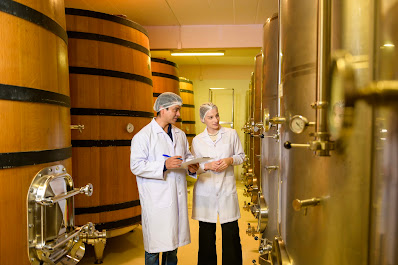Catalysts That Endure: The Industrial Power of Immobilised Enzymes

In industrial biotechnology, few innovations have proven as transformative as immobilised enzymes. These stable, reusable biocatalysts are redefining efficiency in large-scale production by offering long-term operational performance and consistent results across cycles. Their unique ability to withstand harsh processing conditions has made them invaluable in sectors ranging from pharmaceuticals and food to biofuels and textiles. At the heart of their appeal lies their longevity. Immobilised enzymes are affixed to inert carriers—often made of materials like silica, synthetic polymers, or natural gels—which protect the enzyme structure and enhance resilience. This structural support significantly extends the enzyme's functional lifespan, even under stressors such as heat, pH fluctuations, or mechanical agitation. Their reusability is another major advantage. Once deployed in a system, these enzymes can be recovered and reused repeatedly with minimal loss of activity. This trait drama...



